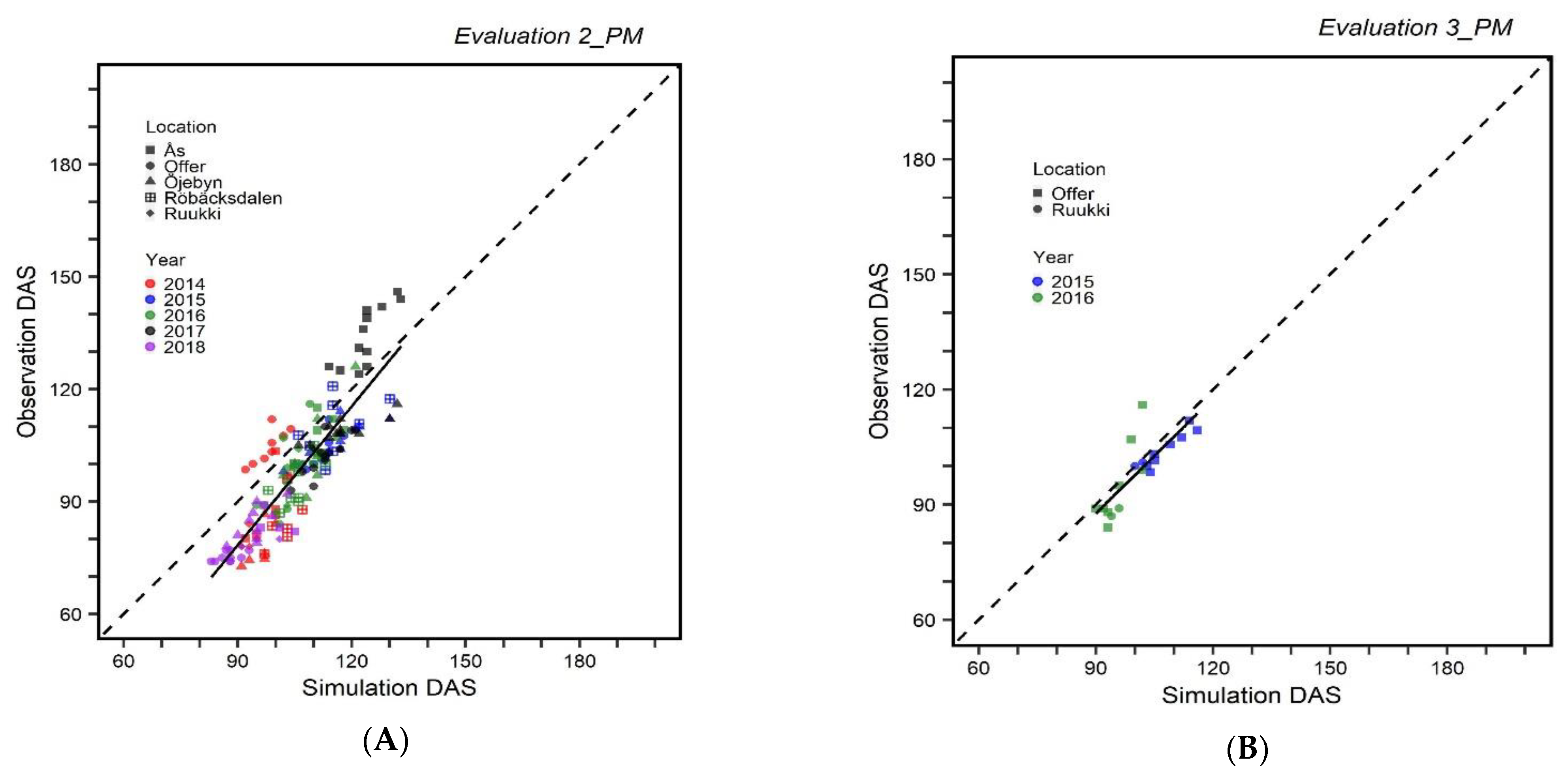
Access to supplementary with AWD irrigation increased the stability of grain yield, and crop and water productivity, irrespective of the onset of rainfall or time of crop establishment.

Alternatively, in years when an early onset was observed, late planting in the season reduced the use of rain water by 95% while increasing the irrigation water requirement by 11% compared with planting at rainfall onset. When the onset of rainfall is delayed, crop modelling scenarios using the validated APSIM model showed an increased dependence on supplementary irrigation for rice cultivation. The same analysis revealed that an early onset to the rainy season resulted in longer seasons with more rain than late onset. This is a consequence of the current practice of setting the date for crop establishment at pre-season cultivation meetings without a scientifically-validated rainfall forecast. A climatic analysis indicated that the farmers regularly establish rice crops 2–4 weeks after the rainfall onset. totally rainfed or rainfed with supplementary irrigation). A generic cereal crop growth and development model is outlined here. Suitably constructed crop growth and development models have the potential to bridge this predictability gap. with rainfall onset or date-specific planting), variety and/or water management practice (i.e. Progress in molecular plant breeding is limited by the ability to predict plant phenotype based on its genotype, especially for complex adaptive traits. Using adapted sowing times, we simulated significantly shorter crop cycles and grain yield improvements for the period 20362065 relative to 19902019 for three selected cultivars (Hartog, Scout and Gregory). The model estimated the grain yield of rice under moisture-limited farmer-field conditions with a strong fit (n = 24, R2 > 0.97, RMSE = 484 kg ha−1), across cultivation year, season, time of establishment (i.e. Projections from 33 climate models under the representative concentration pathway 8.5 were used for simulations at 17 sites. Therefore, we parameterised and evaluated the APSIM–Oryza model for two widely grown Sri Lankan short- and medium-duration rice varieties.


Benefits of aligning crop establishment with the onset of rainfall to reduce dependency on supplementary irrigation and improve crop and water productivities have not yet been quantified in Sri Lanka. rainfed or rainfed with supplementary alternate wetting-and-drying (AWD) irrigation) farmer-field conditions in tropical South-Asia has received little attention in modelling exercises. Despite its importance, the crop productivity (kg ha−1) and water productivity (kg ha−1 mm−1) of rice under moisture-limited (i.e. The APSIM–Oryza model has been used worldwide to evaluate the impact of diverse management practices on the growth of rice (Oryza sativa L.).


 0 kommentar(er)
0 kommentar(er)
